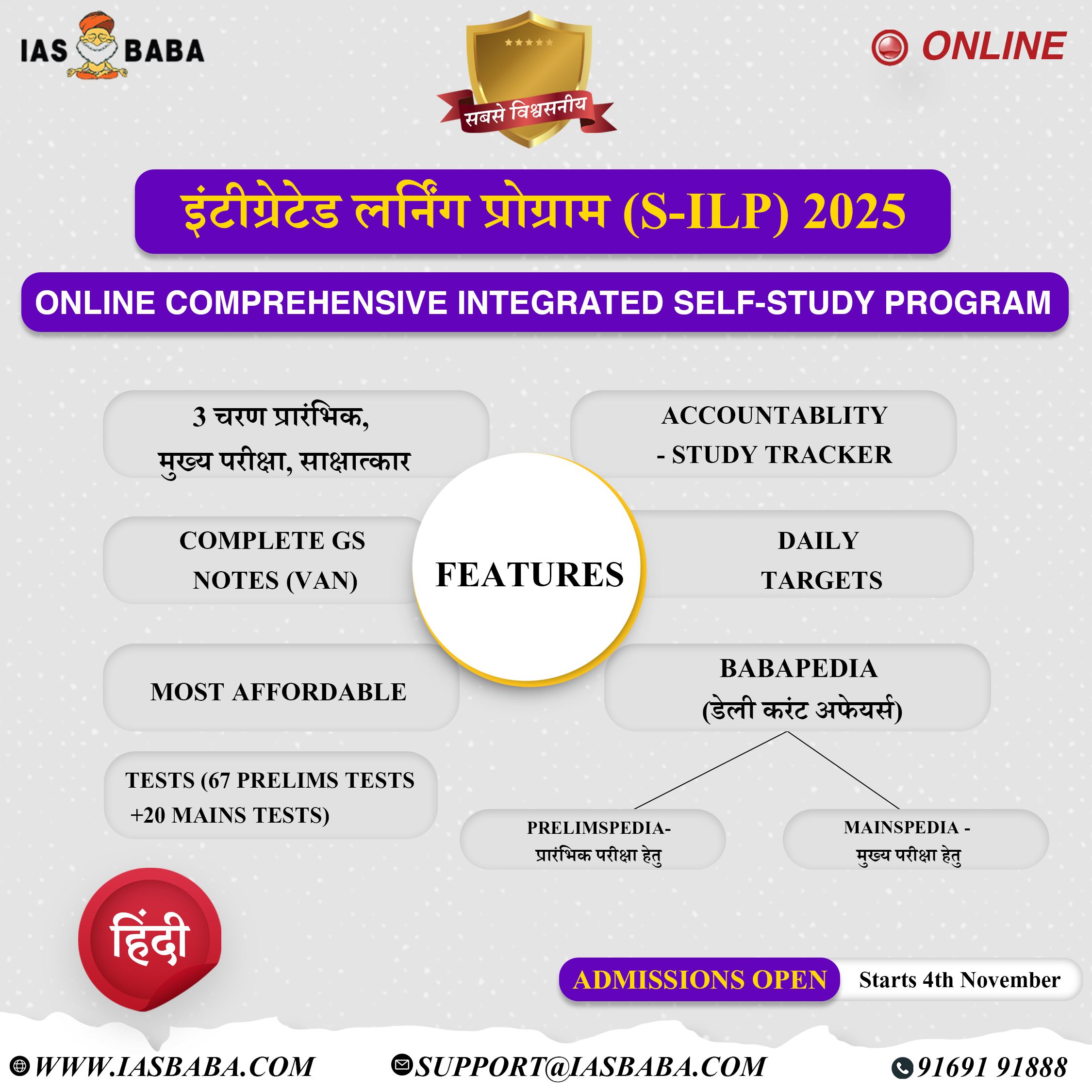UPSC Articles
National Park : Commercial activities near Bannerghatta National Park banned
Part of: GS Prelims Environment and GS Mains III–Conservation
In news:
Developmental and commercial activities have been stopped within 10-km radius of Bannerghatta National Park area, which is part of the eco-sensitive zone.
From Prelims Point of view
Bannerghatta National Park
- The Bannerghatta National Park is located near Bangalore in Karnataka.
- Wildlife such as elephants, gaur, leopard, jackal, fox, wild boar, sloth bear, Sambar, Chital, spotted deer, barking deer, common langur, bonnet macaque, porcupine and hares are found in abundance.
- The Bannerghatta Biological Park has been an integral part of Bannerghatta National Park and emerged out as an independent establishment during the year 2002.
- In order to meet the growing demand for eco-recreation, eco-tourism and conservation, some area of forest from the National park were set aside to constitute as Biological Park.
Eco-Sensitive Zone (ESZ)
- Eco-Sensitive Zones or Ecologically Fragile Areas are areas notified by the Ministry of Environment, Forests and Climate Change (MoEFCC), Government of India around Protected Areas, National Parks and Wildlife Sanctuaries.
- Activities conducted in eco-sensitive zones are regulated under the Environment (Protection Act) of 1986 and no polluting industry or mine is allowed to come up in such areas.
- As a general principle width of the eco-sensitive zone could go up to 10 km around a protected area. In case of places with sensitive corridors, connectivity and ecologically important patches, crucial for landscape linkage, even area beyond 10 km width can also be included in the eco-sensitive zone.
- Industries classified as prohibited under guidelines for declaration of eco-sensitive zones around national parks and wildlife sanctuaries are not allowed to operate in these zones.
- The guidelines prohibit activities such as commercial mining, commercial use of firewood and major hydropower projects.
- Activities such as felling of trees, commercial use of natural water resources, including groundwater harvesting and setting up of hotels and resorts, are regulated in these areas.
- The basic aim is to regulate certain activities around National Parks and Wildlife Sanctuaries so as to minimise the negative impacts of such activities on the fragile ecosystem encompassing the protected areas.











